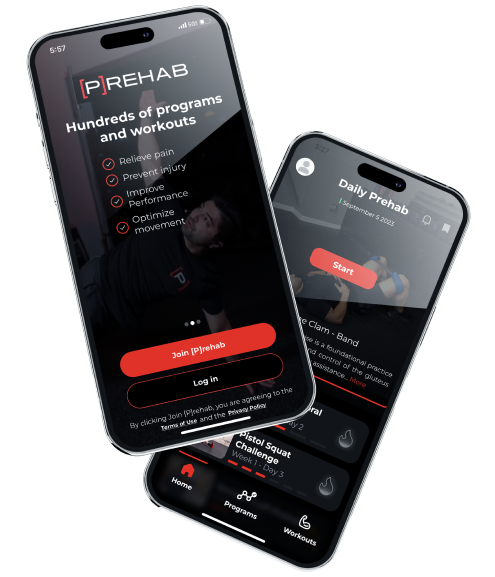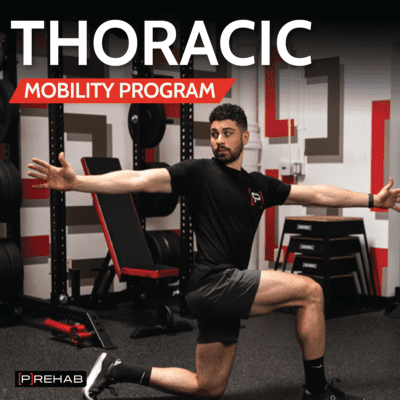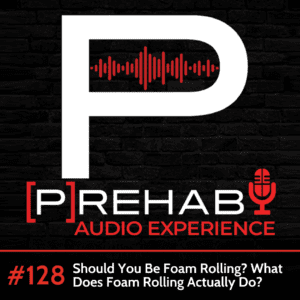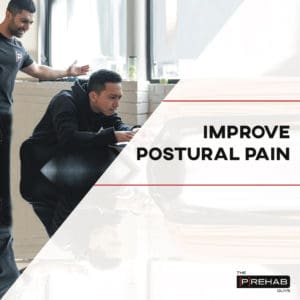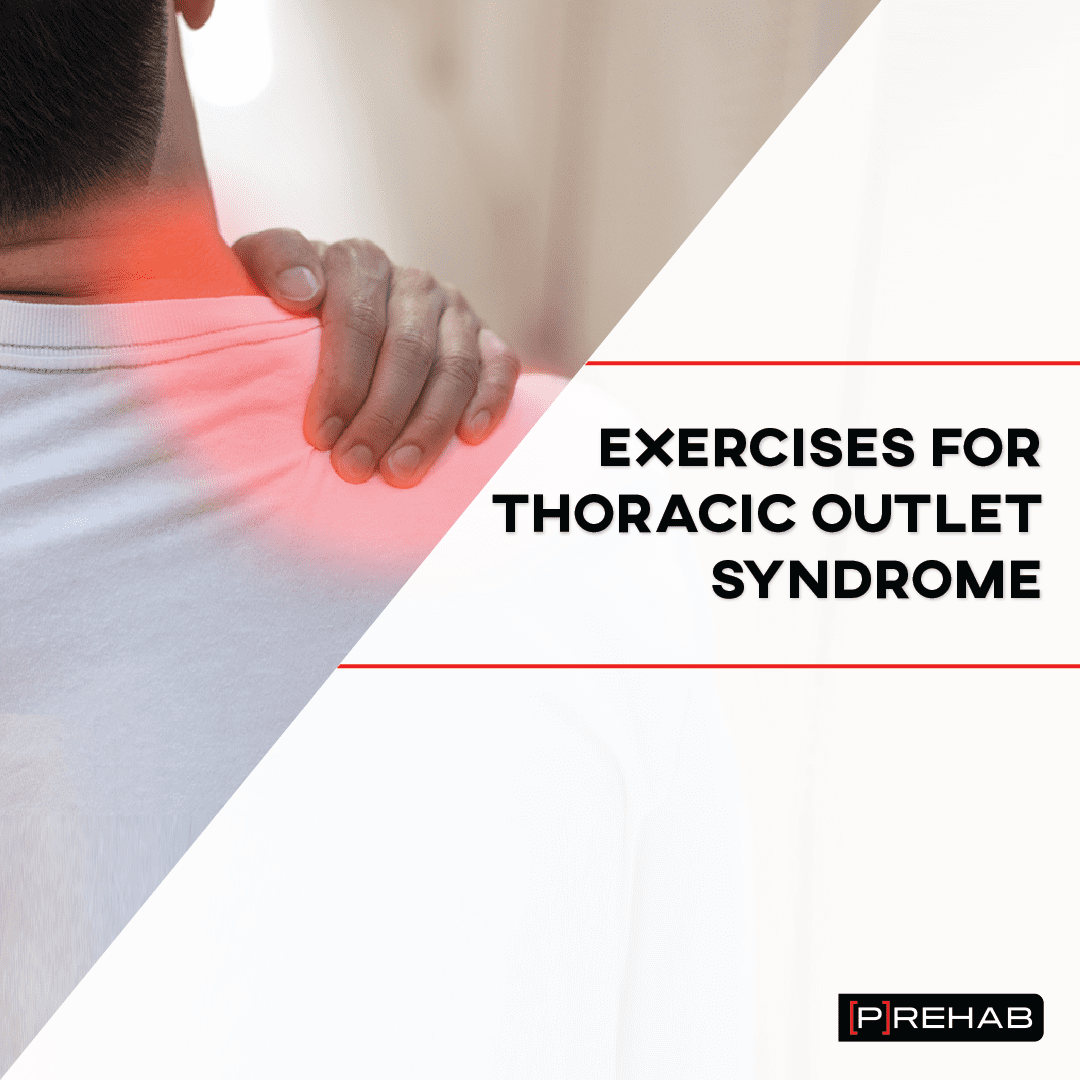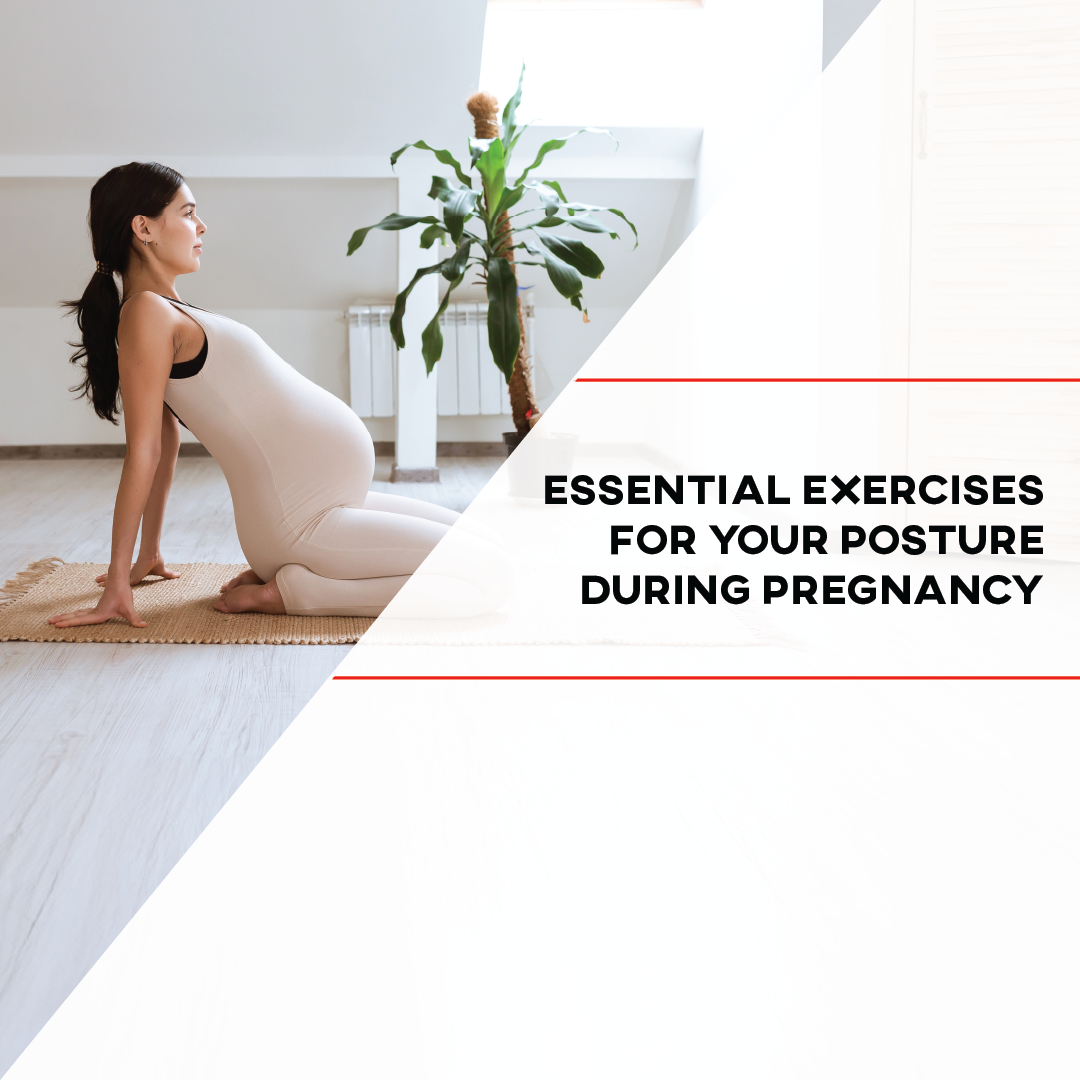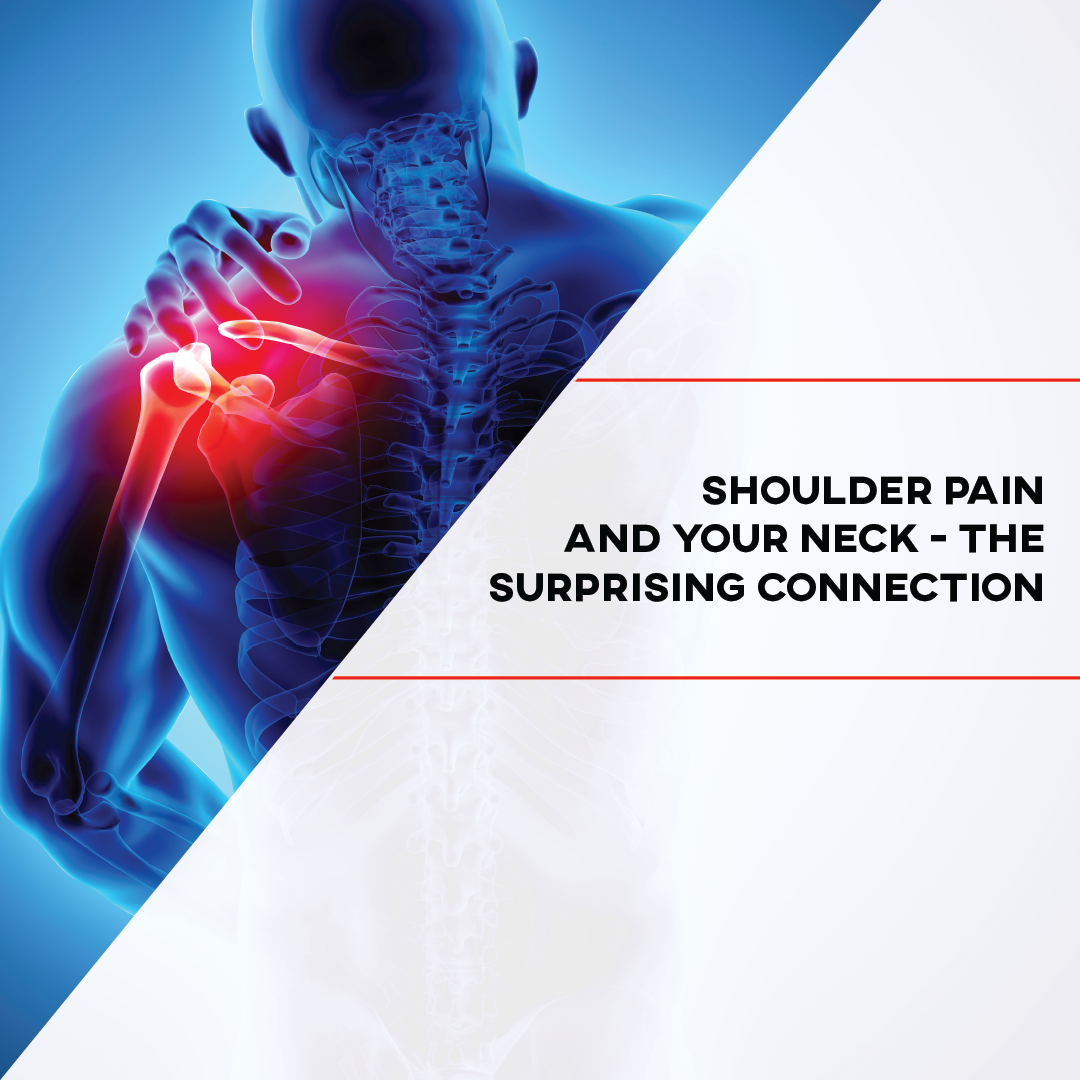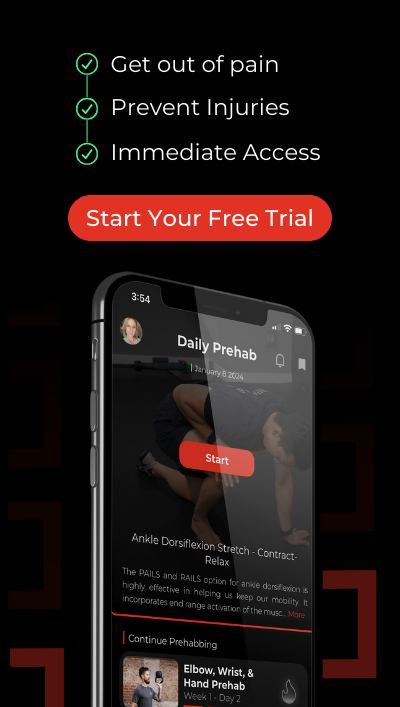Do you feel like your posture is resulting in a midback hump? It’s normal to have some rounding of your midback, known as kyphosis. However, when the curve exceeds 40 degrees of flexion, it’s considered hyper-kyphotic. This condition forces your neck into a forward head posture, creating a noticeable hump at the base of your neck. Addressing this is crucial because that extra curvature limits general mobility, reduces lung function, and increases the risk of falls and fractures. Read this article to learn the top 3 exercises to prevent midback hump.
Exercise 1 to Prevent Midback Hump: Thoracic Spine Foam Rolling
The thoracic spine is essential for maintaining an upright posture, moving in three planes of motion: flexion/extension, rotation, and side bending. Targeting extension is especially crucial for addressing the midback hump. Stiffness typically presents in the lower portion of the thoracic spine near the lumbar spine and the upper region of the thoracic spine close to the neck meaning that these are areas we want to specifically target with our exercise selection. Where to start? With thoracic spine foam rolling – this is a great way to target this area and train extension of the midback.
LEARN MORE ABOUT OUR THORACIC MOBILITY PROGRAM
Want to dive further into your thoracic spine mobility? Be sure to check out our Thoracic Mobility Program! This program is designed specifically to improve mobility in this region as well as improve necessary strength needed to support that mobility, get started with a free 7-day trial today!
Foam rolling can also serve as a way to desensitize the area if you are dealing with some increased discomfort through the postural muscles. Is foam rolling lengthening your muscles here? Eh, not exactly. What it is doing is helping to decrease the sensitivity of this tissue by providing another stimulus to the area. For more on that, check out the podcast below!
LISTEN: SHOULD YOU BE FOAM ROLLING? WHAT DOES FOAM ROLLING ACTUALLY DO?
For the Prehabbers who work at a desk over their computer, this is a quick and easy way to provide relief and prevent midback hump. Not only are you working on desensitizing painful tissue, but as stated, you are also working on midback extension, helping to improve mobility at that upper cervical region which is crucial to combat excessive rounding in this area!
Place a foam roller just underneath your midback and as you roll, support your head with your hands to avoid strain. Check out the full exercise video below for guidance.
Prehab Tip: To ensure the movement focuses on the thoracic spine rather than the lumbar spine, keep your ribs down. This key point helps to ensure you’re stretching and mobilizing the correct area, which is often neglected in daily movements. By spending approximately one minute on this exercise, you’re not only working towards better posture and preventing midback hump but also enhancing your spine’s overall flexibility and health.
Exercise 2: Open Books
Rotation in the thoracic spine is crucial for healthy posture and to prevent midback hump. Open books are an effective and easy-to-implement exercise for training rotation. Again, a healthy spine is a moving spine – in all directions! To learn more about optimal posture and other exercises you can be doing to target healthy spine mobility, read the blog below!
READ: THE BEST POSTURE EXERCISES
Let’s hone in on some rotational mobility now. This exercise is best performed in the side-lying position. You can place a block or towel in between your knees to keep a neutral position if you feel it is needed. As you become more comfortable with this exercise, you can intensify the stretch by bringing your top knee up and over toward the floor while your bottom leg stays straight.
Prehab Tip: By drawing your knees toward your chest, you ensure the midback is the primary focus of the rotation. This tip is key for targeting the thoracic spine accurately rather than producing rotation from the lumbar spine. The rotational movement not only aids in preventing midback hump but also supports the spine’s natural flexibility, making daily activities easier and more comfortable.
Try this advanced version below to further target rotational mobility through the thoracic spine:
Exercise 3: Seated Thoracic Side Bend
The seated position supports the training of the side bend movement in the thoracic spine or midback. Begin in a seated position. Gently lean toward the floor while reaching overhead with the opposite arm, inhale deeply, then exhale and return to the starting position. While you might initially feel a stretch in your oblique muscles, the goal is to create the side bend movement primarily from the thoracic spine with practice. Complete 10 reps of 5-second hold for the most beneficial effect.
Prehab Tip: During this exercise, it’s crucial to avoid compensating by flexing the spine. Maintain an upright chest to ensure a pure side bend movement. If necessary, you can slightly bias the movement towards extension to enhance the exercise’s effectiveness. This focus prevents common mistakes and maximizes the benefit to your midback posture.
LEARN MORE ABOUT OUR THORACIC MOBILITY PROGRAM
Closing Thoughts
Preventing midback hump is important since extra curvature limits general mobility reduces lung function, and increases the risk of falls and fractures. Incorporating mobility exercises that train flexion/extension, rotation, and side bending is key to help prevent midback hump. These exercises, when performed regularly and with correct form, can help to improve your posture and reduce the likelihood of developing a midback hump. Remember, consistency is key to seeing progress, and a little bit of TLC for your midback hump can make a significant difference!
About The Author
Ryan Nosak, MS, CSCS
[P]rehab Writer & Content Creator

Ryan spent 10 years as a Division 1 strength and conditioning coach with stops along the way at Penn State, Tennessee State, Vanderbilt, Robert Morris, Charlotte, and DePaul. He is a Certified Strength and Conditioning Specialist and operates his own training practice, RyNo Strength, out of Studio DelCorpo in Chicago, IL. He specializes in fat loss, body composition, strength, and sports performance training programs.
Ryan received his Bachelor’s Degree in Kinesiology from Penn State and a Master’s in Sport Management from Western Carolina University. In his free time, Ryan enjoys training for bodybuilding, eating at amazing restaurants in Chicago, and spending time with his wife, daughter, and dog.
Disclaimer – The content here is designed for information & education purposes only and is not intended for medical advice.
About the author : Ryan Nosak MS, CSCS
Related posts
Get Proactive with Prehab
- ✔ Zero wait times, no hidden fees, no barriers to entry!
- ✔ Get out of pain, get stronger, and improve your mobility
- ✔ Access to easy-to-digest physical therapy education videos & resources to learn about your body in the palm of your hand
- ✔ Guidance from trusted Doctors of Physical Therapy
